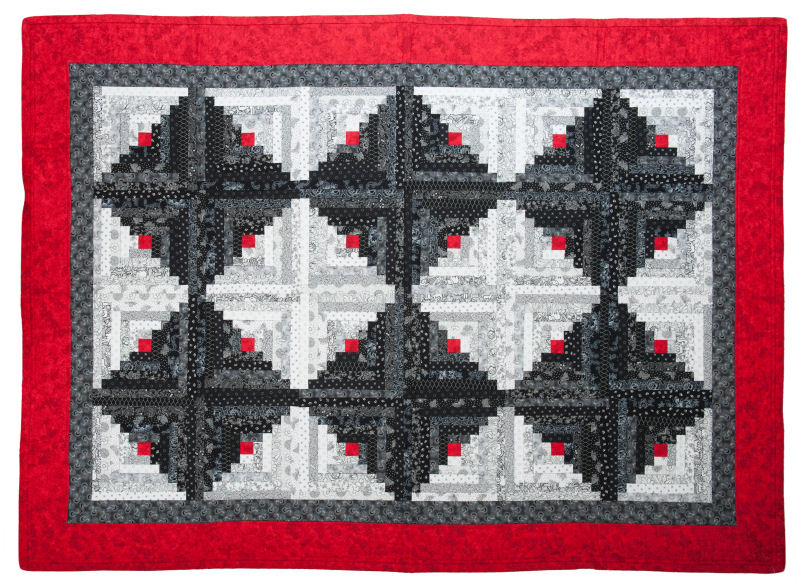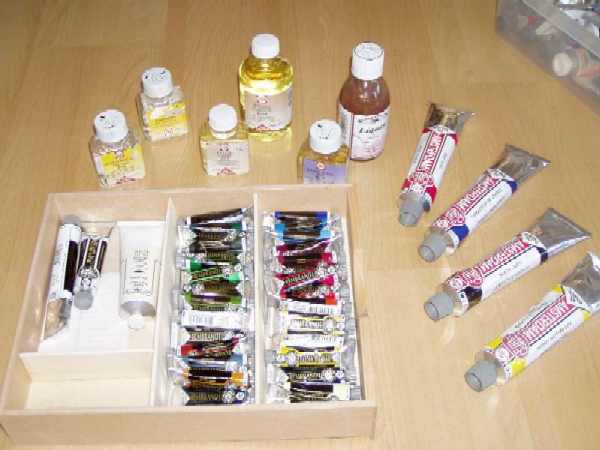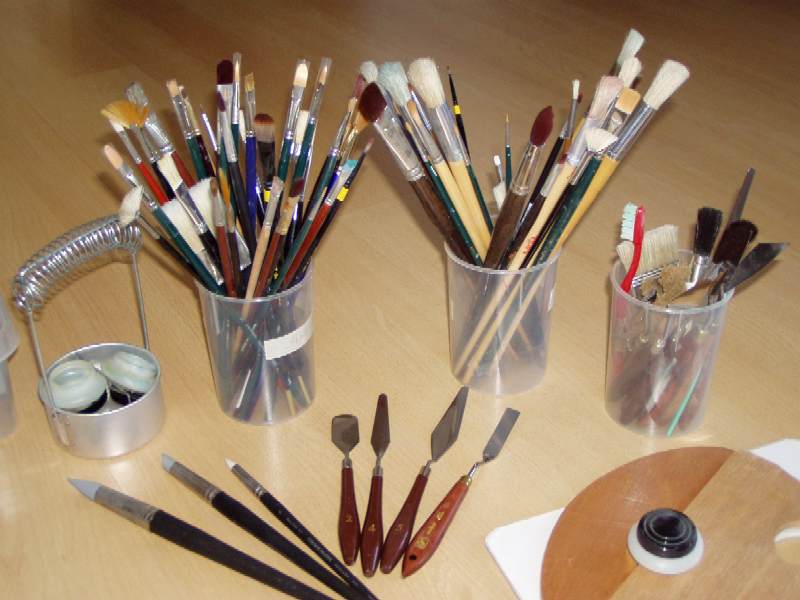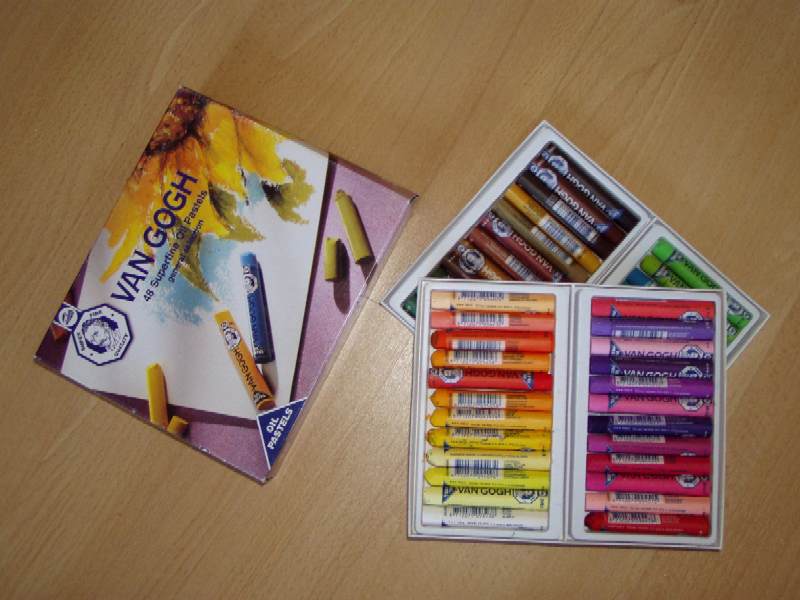Oil paint can be mixed with various mediums, oils, or solvents, each with its own purpose. Each brand has its own oils, mediums, and solvents.
Some possibilities:
Mediums:
· Liquin
· Wingel
· Oleopasto
· Artists' painting medium
· Courtrai siccative
· Venetian turpentine
|
Solvents:
· Turpentine
· Mineral spirits
· Sansodor |
|
| For oil paint, canvas is usually used as a support, but wooden panels, MDF, hardboard, canvas board, and even specially prepared paper are also suitable. To apply the paint, mainly brushes, paintbrushes, and palette knives are used. The brushes and palette are cleaned after use with a solvent or water and soap. |
| There are also water-miscible oil paints, which generally have the same properties as traditional oil paints but produce less odor and also dry about twice as fast. Combining water-miscible and traditional oil paint is possible but not recommended. Combining oil and acrylic paints is also very possible. For example, you could create a background with acrylic paint and then paint an image over it with oil paint. This can produce beautiful effects. Make sure the acrylic paint is completely dry before applying the oil paint. However, it has recently been found that this technique causes problems in painting restoration. In addition to tubes, oil paint is also available in stick form, a kind of oil pastel. |








